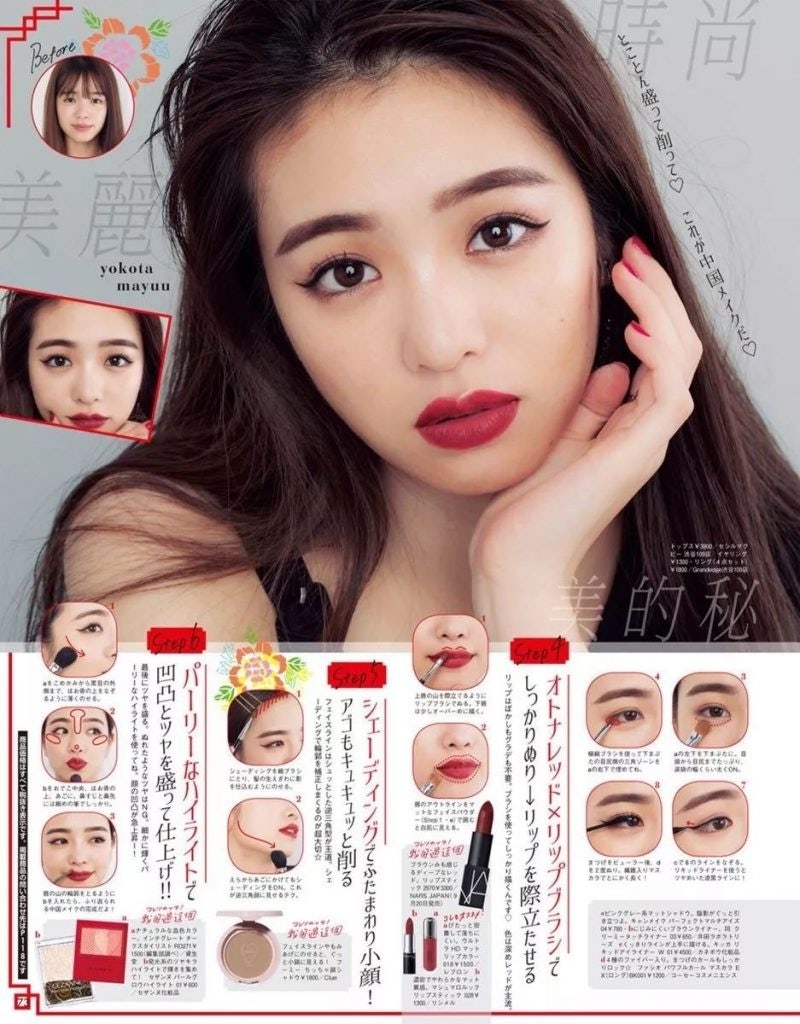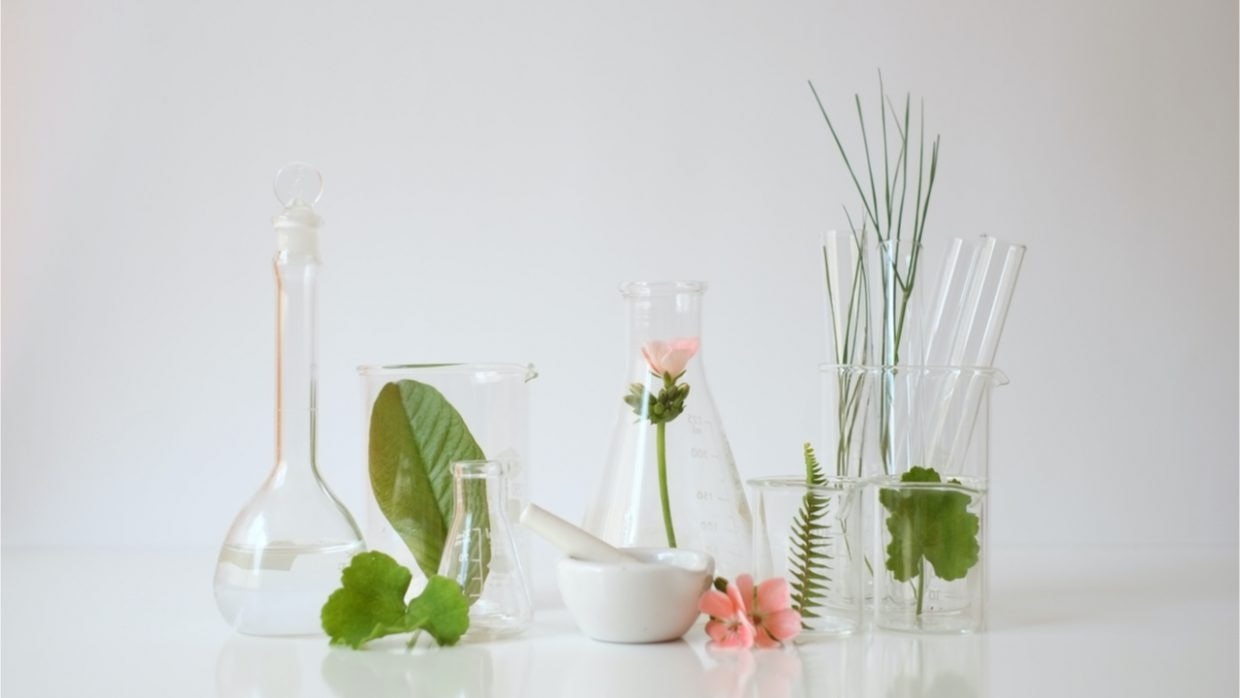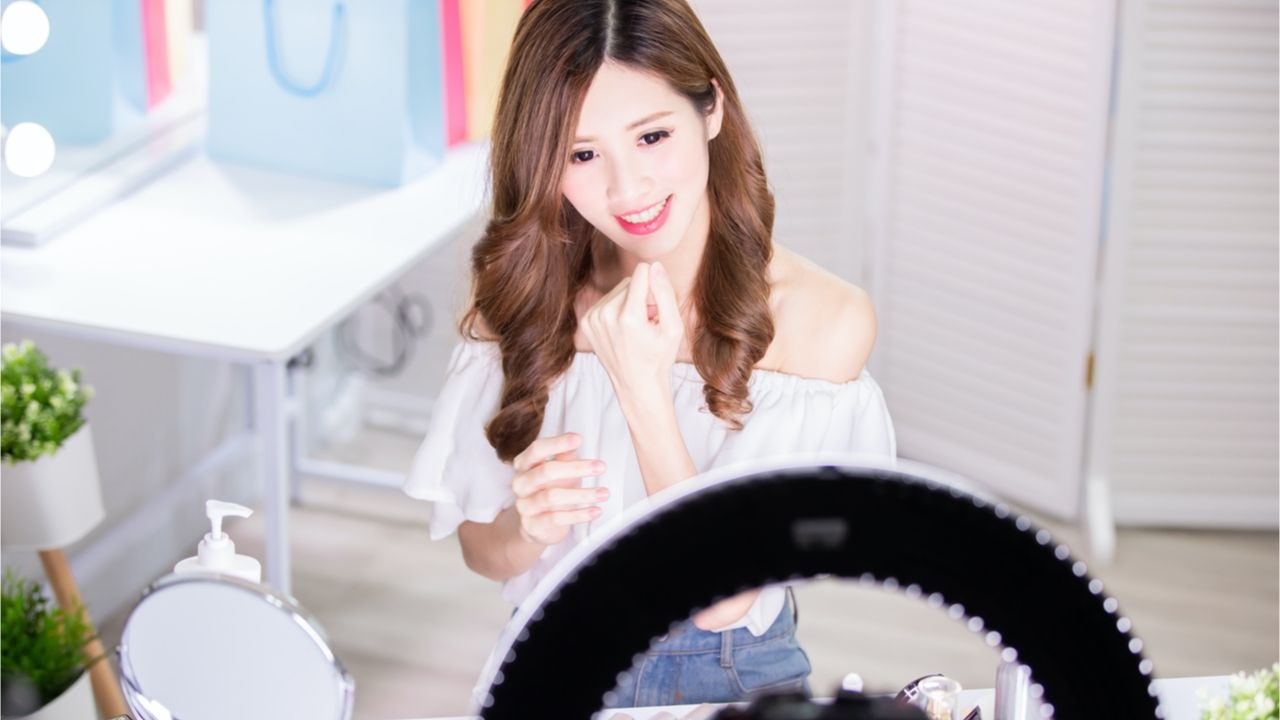COVID-19 is currently turning the beauty industry upside down. Lockdowns and restrictions have disrupted global supply chains, eye makeup sales are outpacing lipsticks, and consumers now prefer the touch-free experience of buying beauty products online. And now, beauty brands face yet another challenge in mainland China's market: patriotic spending.
In January, Jing Daily reported on the growing cohort of new C-beauty brands that are competing with international companies for Chinese consumer dollars. The modern C-beauty industry can now offer them cool and cost-effective products thanks to a growing millennial audience for them and China’s decades of manufacturing experience for global brands. As the COVID-19 pandemic further incites nationalist sentiments worldwide, it is likely to accelerate a “buy Chinese” trend that was already reshaping the beauty business in China.
Jenny Wu, a 23-year-old beauty influencer from Guangzhou, said she would buy more C-beauty in a post-virus world because of the values those brands showed during China’s most difficult period. “Many C-beauty brands had made big-amount donations to our hospitals in February,” said Wu. “Even though they usually sell the same quality at a lower price than foreign brands, they are much more generous with Coronavirus donations than brands that make more profit.”
This “I will buy more if you do more for my country” attitude is gaining more traction with Chinese consumers, and nationalist sentiments are reaching new heights due to the government’s increased information control and propaganda efforts during the pandemic.
Though patriotic consumerism isn’t unique to China right now, the message is different in other parts of the world. In the West, for example, buying domestic products is framed as simply supporting local businesses. But in China, buying domestic products boosts one’s identity, and people there feel responsible for their country’s growth and take pride in furthering that growth. In the past two years, Chinese citizens have boycotted multiple brands, such as Dolce Gabbana and Versace, to prove that their identity as a “citizen” comes before their “consumer” identities. By making larger and more visible donations, C-beauty brands have played on these shared sentiments.
But C-beauty’s promising future isn't solely dependent on consumer patriotism. This “buy Chinese” movement could be a temporary, reactionary trend born out of the current global crisis. But aesthetic shifts and the accelerated retail digitalization of the market over the past few months will likely keep C-beauty around much longer, making the industry even trickier for foreign players.
This year, a look that has been specifically attributed to Chinese women — “C-style makeup (中国妆)” — has taken off on social media. On Weibo, the hashtag “C-style makeup everyone” was attached to over 210,000 selfies from users who’ve adopted this modern Chinese beauty look that consists of sharp eyebrows, royal-red lips, and a clear complexion. And at Tmall’s Annual Beauty Award on April 13, “C-style makeup” was the overarching theme of its site-wide campaigns.
Initially coined by Japanese fashion magazines, “C-style makeup” became popular late last year when Chinese netizens noticed multiple Japanese beauty influencers making C-style makeup tutorials. According to Youtube video interviews, Japanese women allegedly thought that “C-style makeup” showed a more confident, feminist look as compared to typical J-beauty and K-beauty styles, both of which employ more innocent-looking features.

The fact that recognition first came from Japan, which is the home to one of the world’s most sophisticated beauty markets, made China’s beauty communities more confident in this C-beauty aesthetic. They were also thrilled to see a Made-in-China beauty trend become a culturally exciting export.
Meanwhile, a gap in retail digitalization also erupted during the COVID crisis. Leo Ou, a co-founder of TryTry, an AI-powered beauty app backed by Secoo Holding, told Jing Daily that digitalization has never been as important as it is today. “Be it C-beauty, J-beauty, or K-beauty, everyone has suffered [in this crisis] to a different extent,” he says. “But the effects depend on a brand’s digital ability. Do they have AI skin testing, strong social media, e-commerce, or other new retail tools? Those that rely heavily on offline sales are getting hit extra hard.”

But during this global crisis, a brand’s ability to digitally transform is of premium importance when competing against high-powered multinational groups. While many brands might go into survival mode to try and save cash, many C-beauty brands do have the resources to upgrade their digital infrastructure.
Ker Zhang, marketing manager for the cross-border e-commerce enabler Azoya, said that local brands are going to actively engage customers digitally. “You don’t see foreign brands creating virtual influencers and interactive games to engage customers as Perfect Diary has,” Zhang states. “Local brands are also able to raise large amounts of VC money and devote 100 percent of their capital to the China market. Not only are they willing to lose money in the short run to gain customers, but their investors are also on board with this kind of strategy,” said Zhang.
While the pandemic rages around the world — yet wanes in China — cash-rich and innovative local brands have an edge that most foreign players can’t emulate. To compete in China’s vast beauty market, Western brands will need a new approach.
Zhang suggests to brands that they go as local as possible, while still emphasizing the difference. “Shiseido is one example of how a foreign brand can adopt highly localized marketing methods to succeed in China,” he explains. “They have an innovation hub set up in Hangzhou with Tmall that curates products specifically for the China market. They set up WeChat groups where shop associates provide beauty advice and even hold makeup competitions.”
For Ou, digital competition is now most critical. “Brands should expand their online sales network and proactively enter China’s mainstream e-commerce [arena] to retain sales and cash flow,” he says. “Social selling on WeChat, live beauty classes, and techy tools like AI skin testing are important as well.” In his opinion, big international brands still enjoy a better reputation in the premium product range, and they're also better positioned to weather this crisis, thanks to their bigger budgets and digitization abilities.
In short, brands can’t win in the post-virus beauty market with yesterday’s arsenal. Consumer patriotism, an aesthetic shift, and a hyper-digitized retail reality — all of which grew during the COVID-19 pandemic — have made conditions favorable for C-beauty brands over the long term. If outside brands want to compete, they’ll need to adapt more thoroughly and display a deeper cultural commitment.

